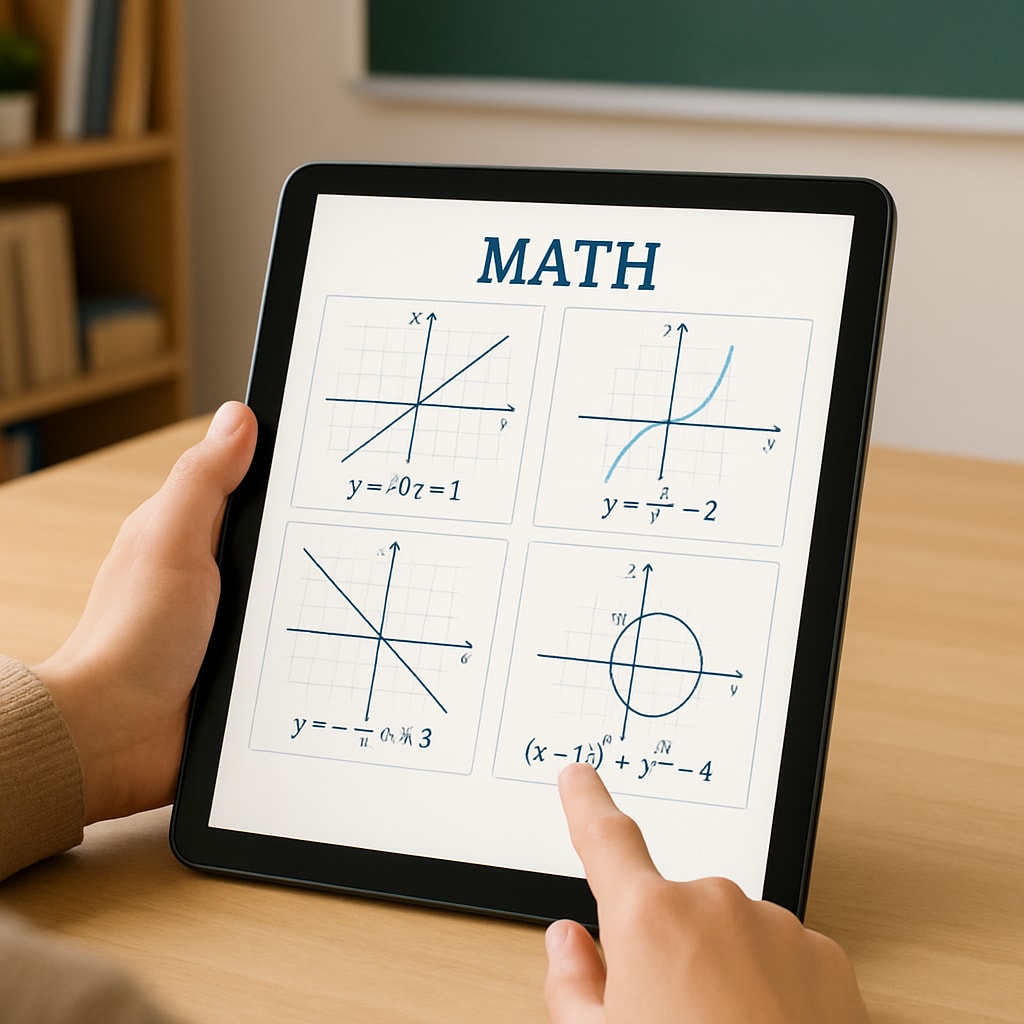High school mathematics often presents significant challenges for both students and educators. Teaching difficulties, conceptual misunderstandings, and inadequate course preparation are among the most persistent barriers. Addressing these obstacles requires a multifaceted approach that focuses on understanding the root causes and implementing effective teaching strategies. This article examines these common issues and offers actionable solutions for improving the teaching and learning of high school math.
Understanding Common Barriers in High School Math
High school students face a diverse range of obstacles when learning mathematics. These challenges can be grouped into three primary categories: conceptual understanding, instructional methods, and the learning environment. Each of these factors contributes to the overall difficulty students experience in mastering mathematical concepts.
- Conceptual Understanding: Many students struggle with abstract concepts such as functions, trigonometry, and calculus. A lack of foundational knowledge exacerbates these difficulties, making it harder for them to grasp advanced topics.
- Instructional Methods: Traditional teaching approaches may not cater to diverse learning styles. For instance, lecture-based methods often leave visual and kinesthetic learners behind.
- Learning Environment: External factors, such as large class sizes or insufficient resources, can hinder student engagement and focus.

Strategies for Addressing Teaching Difficulties
To address these challenges, educators must adopt flexible and inclusive teaching strategies. Below are several evidence-based methods that can help improve student outcomes in high school mathematics:
- Incorporate Active Learning: Techniques such as group problem-solving and hands-on activities encourage students to engage with mathematical concepts more deeply.
- Use Technology Effectively: Tools like graphing calculators and educational software can make abstract concepts more tangible. For example, platforms like GeoGebra allow students to visualize geometry and algebra in real-time.
- Differentiate Instruction: Tailoring lessons to accommodate various learning styles ensures that all students have the opportunity to succeed.
In addition, gathering regular feedback from students can help educators identify specific areas where students are struggling. This feedback loop allows for continuous improvement in teaching techniques.

Enhancing Course Preparation and Resources
Effective course preparation is essential for addressing the systemic challenges in high school mathematics. Educators should focus on the following practices:
- Scaffold Learning: Build lessons that gradually progress from foundational concepts to advanced topics. This approach helps students establish a strong mathematical base.
- Provide Supplementary Materials: Offer additional resources such as video tutorials, practice exercises, and study guides to reinforce classroom instruction.
- Create a Supportive Environment: Foster an inclusive classroom culture where students feel comfortable asking questions and making mistakes.
Research also suggests that professional development for teachers can improve instructional quality. Workshops and training programs can introduce educators to innovative teaching methods and emerging technologies.
The Role of Collaboration in Overcoming Barriers
Collaboration between students, teachers, and parents plays a crucial role in overcoming challenges in mathematics education. For example:
- Peer Learning: Encouraging students to work in groups can enhance their understanding through discussion and explanation.
- Parental Support: Parents can help reinforce positive attitudes toward math by creating a supportive home environment.
- Teacher Collaboration: Sharing best practices and resources among educators can lead to more effective teaching strategies.
Fostering a community approach to learning ensures that students receive support both inside and outside the classroom.
In conclusion, addressing the challenges of high school mathematics requires a holistic approach that focuses on conceptual understanding, instructional methods, and the learning environment. By implementing the strategies outlined above, educators can create a more inclusive and effective learning experience for their students. As a result, students will be better equipped to overcome obstacles and succeed in their mathematical journey.
Readability guidance: This article uses short paragraphs, lists, and clear transitions to maintain readability. Overarching ideas are supported with actionable strategies, and images are placed to enhance comprehension.


